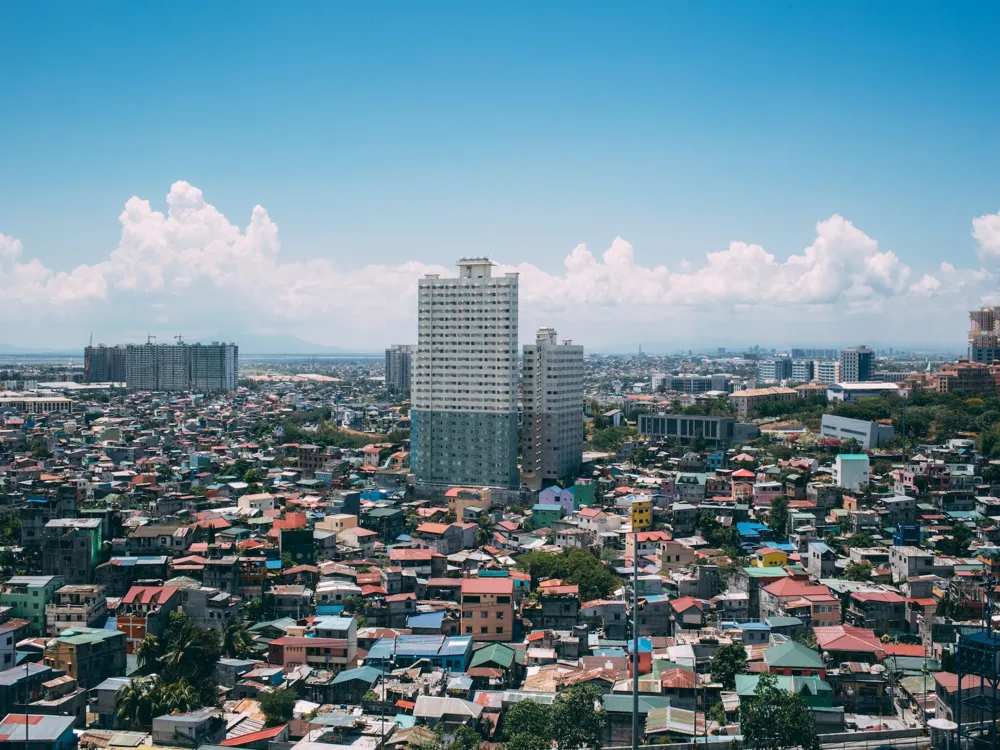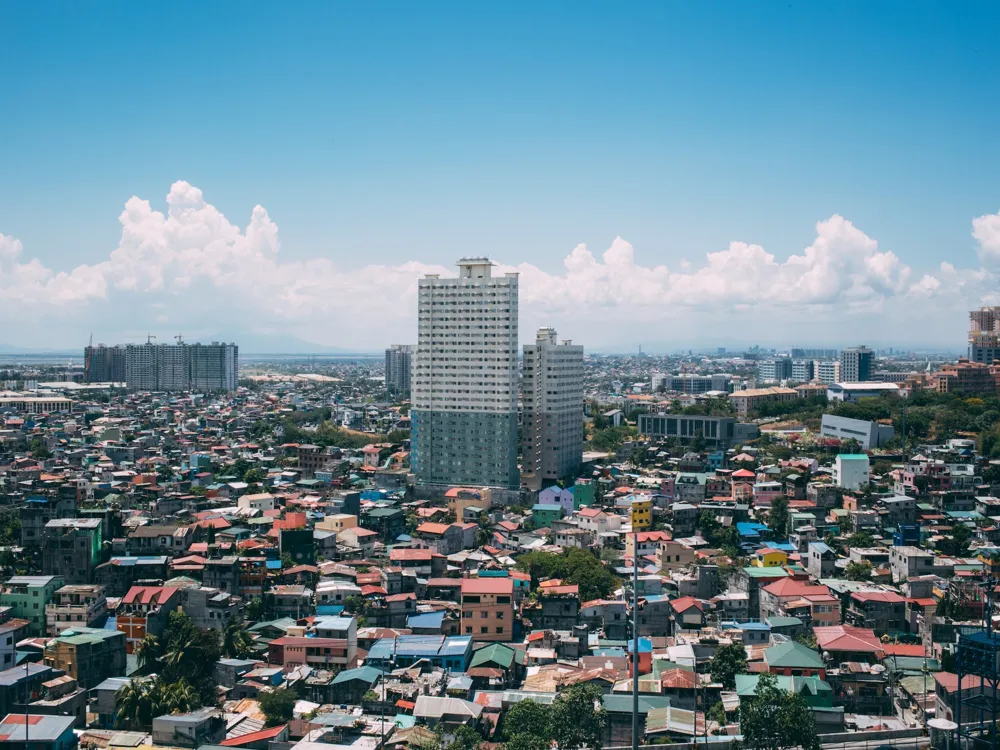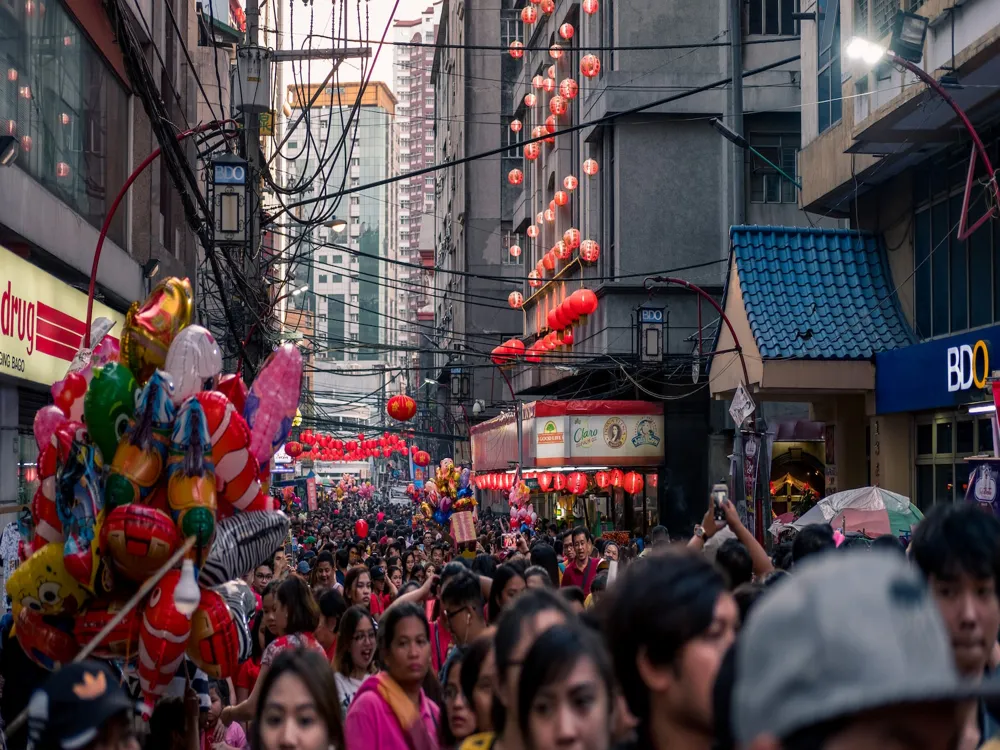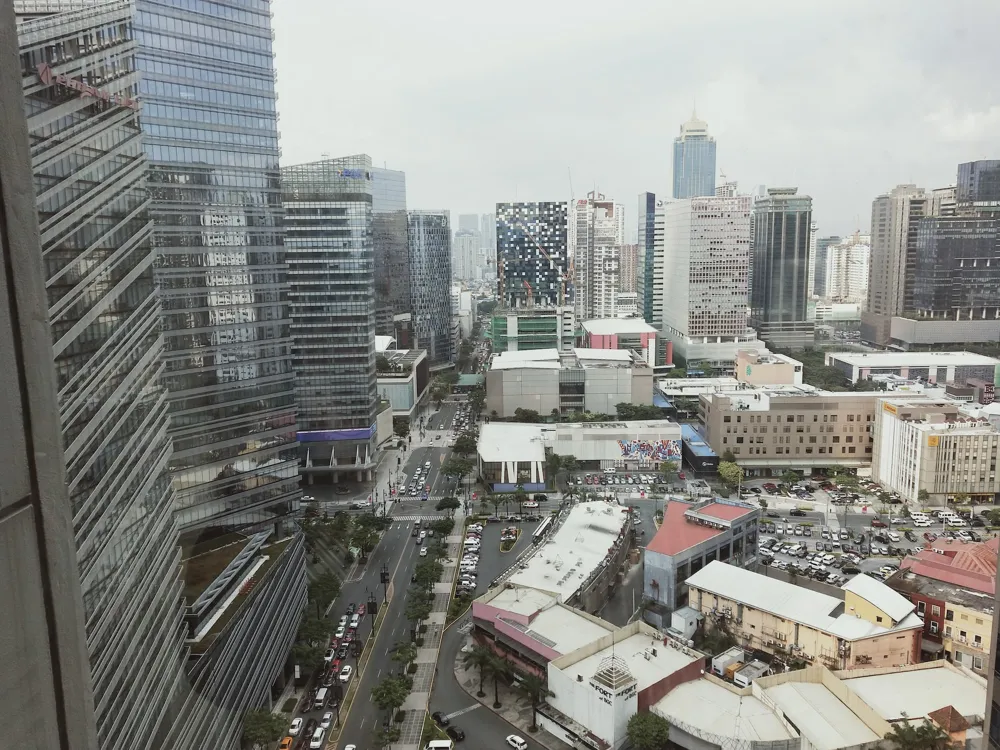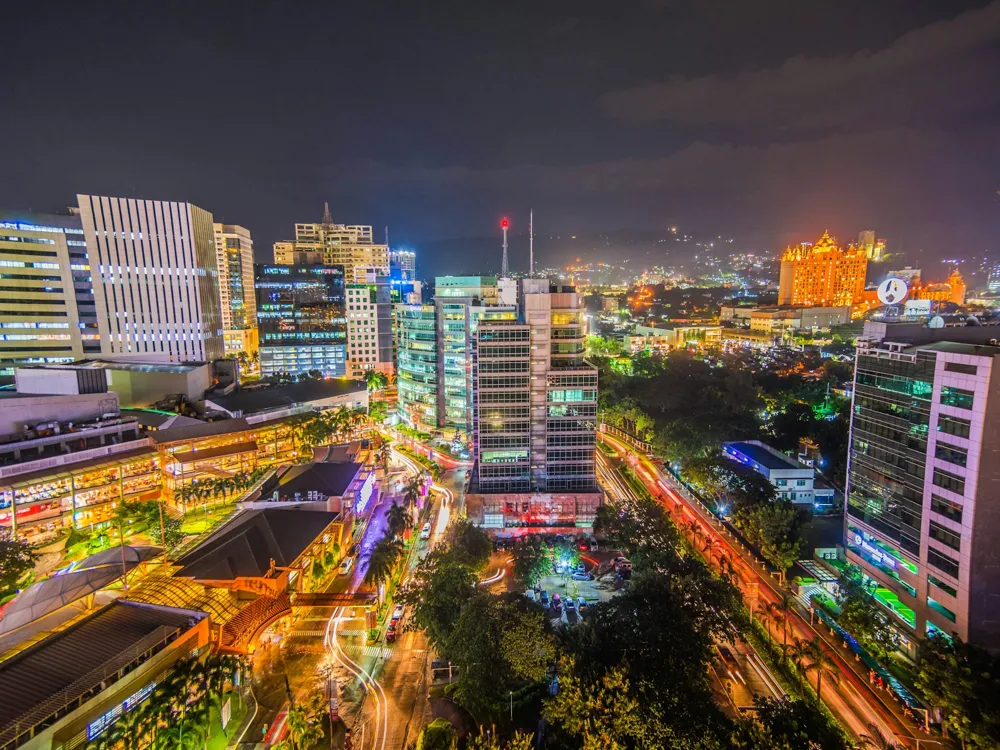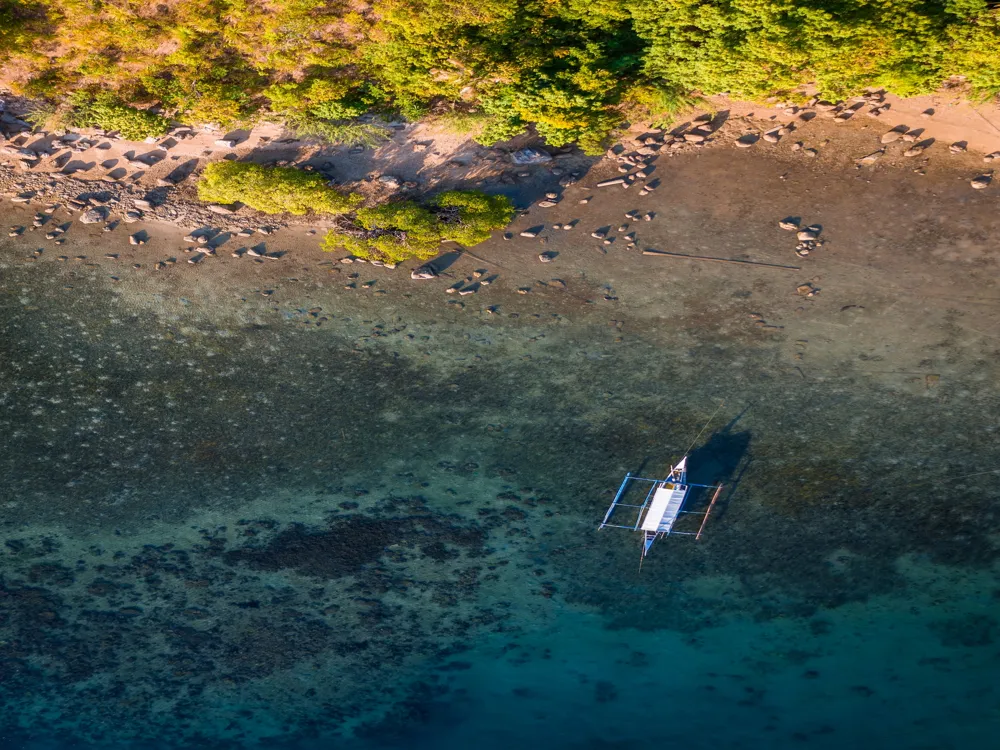The Mall of Asia in Manila is not just a shopping center, it's a landmark of modern consumer culture in the Philippines. Spanning an impressive area, it stands as one of the largest malls in Asia, attracting visitors from all corners of the globe. This colossal structure is not merely a place for shopping; it's a hub for entertainment, gastronomic adventures, and cultural experiences. The mall's expansive size is complemented by its diverse array of shops, ranging from high-end boutiques to local artisan stalls, ensuring that there's something for everyone. Beyond shopping, the Mall of Asia hosts a variety of events throughout the year, making it a vibrant center of activity in Manila. One of the most striking features of the Mall of Asia is its architectural design. The building's exterior is a blend of contemporary and traditional Filipino styles, featuring intricate details and expansive glass facades that allow natural light to flood the interior spaces. Inside, the mall is divided into several wings, each offering a unique shopping and entertainment experience. The North Wing, for instance, is home to luxury brands and designer stores, while the South Wing caters more to everyday shoppers with a mix of local and international retail outlets. The Mall of Asia isn't just about shopping; it's an experience. With its vast array of restaurants, cafes, and food courts, it's a paradise for food lovers. From traditional Filipino dishes to international cuisine, the mall offers a culinary journey that satisfies every palate. The entertainment options are just as diverse, featuring a state-of-the-art IMAX theater, an Olympic-sized ice skating rink, and the Mall of Asia Arena, a venue for concerts and sporting events. The mall's commitment to providing a comprehensive experience makes it more than just a shopping destination; it's a cultural landmark that reflects the vibrant spirit of Manila. The architecture of the Mall of Asia is a testament to modern design and engineering. Spanning a vast area, the mall's structure is a harmonious blend of aesthetics, functionality, and environmental sensitivity. The building's design takes into account the tropical climate of the Philippines, with features that allow for natural ventilation and light, reducing the need for artificial cooling and lighting. This not only creates a comfortable shopping environment but also reflects a commitment to sustainable practices. The Mall of Asia's architectural brilliance lies in its ability to balance grandeur with accessibility. The main building is characterized by sweeping arches and large open spaces, creating an atmosphere of expansiveness and luxury. The use of glass in the facade not only adds to the aesthetic appeal but also serves a practical purpose, allowing shoppers to enjoy views of the Manila Bay while browsing through the stores. The interior design is equally impressive, with wide corridors, high ceilings, and a layout that promotes easy navigation despite the mall's enormous size. Another notable aspect of the Mall of Asia's architecture is its integration of outdoor and indoor spaces. The mall features several open-air areas, including a boardwalk along the bay, landscaped gardens, and outdoor dining spaces. These areas provide a refreshing contrast to the enclosed mall environment, offering visitors a chance to enjoy the natural beauty of the surroundings. The mall's design also includes several environmentally friendly features, such as rainwater harvesting systems and energy-efficient lighting, further solidifying its status as a modern architectural marvel. Given the size of the Mall of Asia, it's wise to plan your visit in advance. Check the mall map online and decide which areas you want to explore. Weekdays are less crowded, making it easier to navigate through the stores and attractions. The Mall of Asia is accessible by various modes of transportation, including buses, taxis, and private vehicles. There's ample parking available, but it's advisable to arrive early during weekends or holidays to secure a spot. With a multitude of dining options available, plan your meals ahead. Whether you're looking for quick bites or a sit-down dinner, you'll find everything from fast food to gourmet restaurants catering to all tastes and budgets. Don't miss out on the unique entertainment options like the IMAX theater, ice skating rink, and the Mall of Asia Arena. Check their schedules in advance to catch a movie or a live performance. Explore a mix of local and international brands. Look out for sales and promotions, especially during festive seasons, to snag great deals. Reaching the Mall of Asia is convenient from any part of Manila. Public transport options include buses and jeepneys that have routes passing through the area. Taxis and ride-hailing services are readily available for a more comfortable journey. For tourists, many hotels offer shuttle services to the mall. If driving, the mall is well-connected to major roads, making it easily accessible by car. Read moreOverview of Mall of Asia, Manila
Architecture of Mall of Asia
Tips for Visiting Mall of Asia
Plan Your Visit
Transportation and Parking
Dining Options
Entertainment and Attractions
Shopping Tips
How To Reach Mall of Asia
Manila Tourism
Best Time to Visit Manila
How to Reach Manila
Things To Do Manila
Mall of Asia
Manila
₹ 38,599 onwards
View manila Packages
Weather :
Tags : Shopping Mall
Timings : Monday to Friday : 11:00 AM - 10:00 PM, Saturday and Sunday : 10:00 AM - 10:00 PM
Time Required : 1 - 2 hrs
Planning a Trip? Ask Your Question
Manila Travel Packages
View All Packages For Manila
Top Hotel Collections for Manila

Private Pool

Luxury Hotels

5-Star Hotels

Pet Friendly
Top Hotels Near Manila
Other Top Ranking Places In Manila
View All Places To Visit In manila
View manila Packages
Weather :
Tags : Shopping Mall
Timings : Monday to Friday : 11:00 AM - 10:00 PM, Saturday and Sunday : 10:00 AM - 10:00 PM
Time Required : 1 - 2 hrs
Planning a Trip? Ask Your Question
Manila Travel Packages
View All Packages For Manila
Top Hotel Collections for Manila

Private Pool

Luxury Hotels

5-Star Hotels

Pet Friendly








